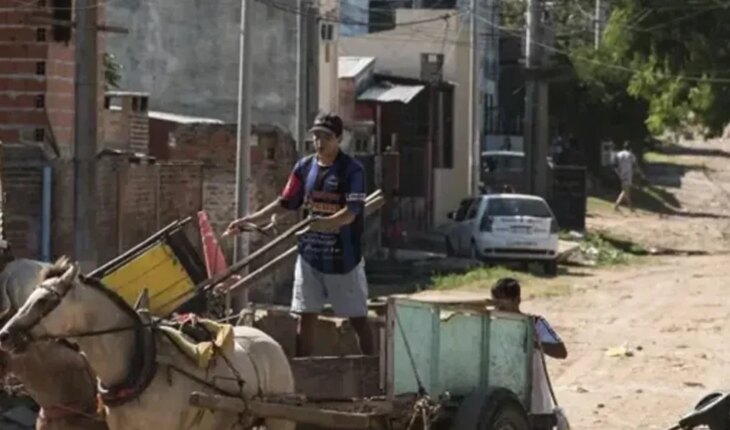Poverty jumped to 40.1% and affected more than 18 million people in the first half of 2023. The data published on Wednesday by INDEC reflect the consequences of the acceleration of inflation during the first half of the year, but alarm because it does not contemplate the impact of the 22% devaluation – which the Government claims was imposed by the IMF – that occurred after the PASO. The situation, however, is not uniform across the country. Some cities included in the analysis of the institute directed by Marco Lavagna are -very- above average. In the country, the highest level of poverty is concentrated in the Northeast (42%). And in that region, Gran Resistencia, in Chaco, leads the ranking with 60.3% of its population below the poverty line. In second place is Concordia, Entre Ríos. The city ceased to lead the ranking of the districts with the highest level of poverty in Argentina. But the situation worsened compared to the last report: it was 58.3% during the first half of the year, an increase of three percentage points. Third in the ranking is Gran San Luis, in the Cuyo region, with 47.3%. And the parties of Greater Buenos Aires, in the homonymous region, with 47%, occupy the fourth place on this list. The last district with a poverty incidence of more than 45% is Santiago del Estero-La Banda, in the northeast region. There, again according to the INDEC report, 46.6% of people are poor. Eight other cities have an above-average level of poverty. Source: INDEC data. Viedma-Carmen de Patagones, in Patagonia (43.7%); Greater Santa Fe, in the Pampas region (43%); Rawson-Trelew, also in the Patagonian region (42.7%); Jujuy-Palpalá, within the Northwest (42.2%); Gran Mendoza, in Cuyo (41.8%); Gran Tucumán-Tafí Viejo, in the Northwest (41.2%); San Nicolás-Villa Constitución, in the Pampas region (40.4%); and Gran Catamarca, in the Northwest (40.2%). At the bottom of the table is the City of Buenos Aires, with 17.3% of poor. In this group, below the average, there are also, among others, Ushuaia-Río Grande (25.4%), Comodoro Rivadavia (28%), Formosa (29.7%), Mar del Plata (31.5%) and Río Gallegos (33.5%).
What are the cities with the highest level of poverty in Argentina
September 28, 2023 |





